Muong Hoa Valley, Sapa
Muong Hoa Valley is a valley in Sapa surrounded by mountains on both sides. It is one of the most popular trekking spots in the area, offering endless opportunities to photograph the mountains, rice terraces, waterfalls and streams. Visitors can stay overnight in a local homestay to gain insight into the local culture.
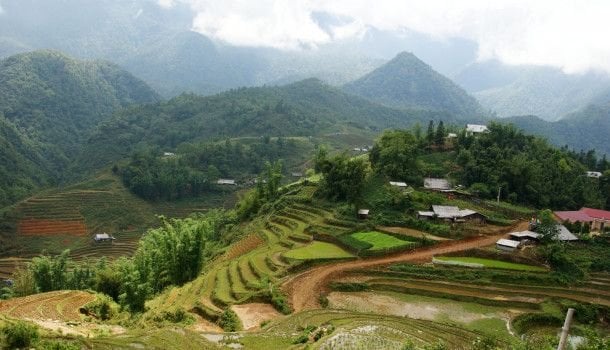
Photo: The Culture Trip
Ban Gioc Waterfall
Ban Gioc Waterfall is one of the most beautiful waterfalls in Vietnam, located in Dam Thuy commune, Trung Khanh district, Cao Bang province.
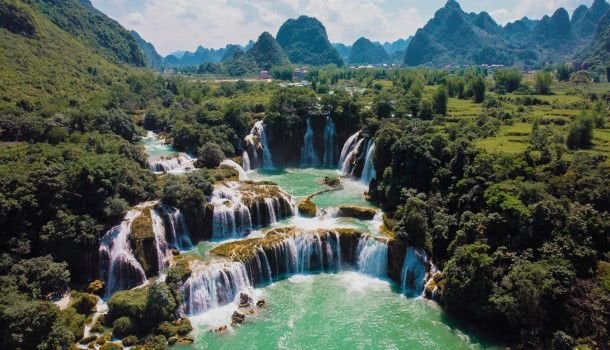
Photo: The Culture Trip
"Visitors coming here, remember to stop at Nguom Ngao Cave - this cave of amazing beauty is hidden in a majestic mountain in Dam Thuy commune, Trung Khanh district, Cao Bang to have interesting experiences," author Piumi Rajapaksha wrote.
Ma Pi Leng Pass, Ha Giang
Ma Pi Leng (Ha Giang) is famous as one of the majestic "four great mountain passes" in the northern mountainous region of Vietnam.
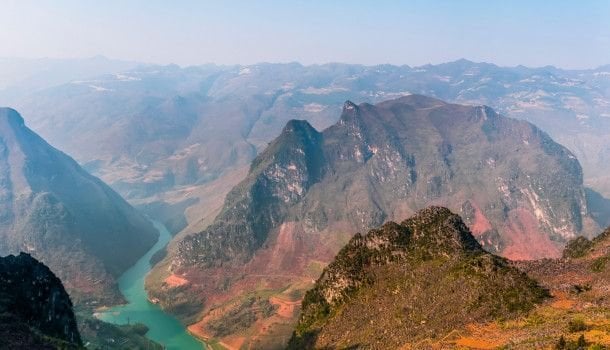
Photo: The Culture Trip
Ma Pi Leng Pass is a mountainous road in Ha Giang Province, Northern Vietnam. It is approximately 20km long and connects the towns of Dong Van and Meo Vac. It is a spectacular stretch of road with stunning rock formations, terraced fields and stunning natural scenery, so experienced riders may want to travel the area by motorbike, stopping at all the photo spots.
Ha Long Bay
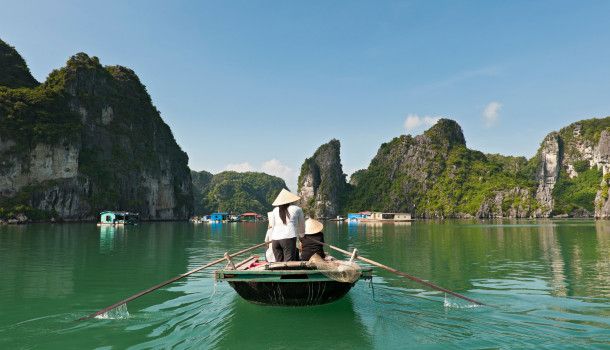
Photo: The Culture Trip
Because of its unique values, Ha Long Bay has been recognized by UNESCO as a world natural heritage. With thousands of limestone peaks rising from the water, plus stalactite caves, picturesque islands and traditional fishing villages, Ha Long Bay is the most famous tourist destination in Vietnam.
Tam Coc, Ninh Binh
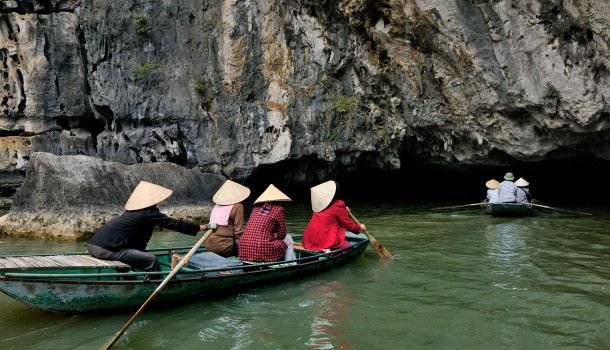
Photo: The Culture Trip
Similar to Ha Long Bay, Ninh Binh also boasts hundreds of limestone monoliths covered in lush greenery. The only difference is that the limestone mountains do not rise from the water, but from the ground. Rivers flow between them, creating rich and varied photo opportunities, and there are also many pagodas and mountain peaks to photograph.
Son Doong Cave, Phong Nha
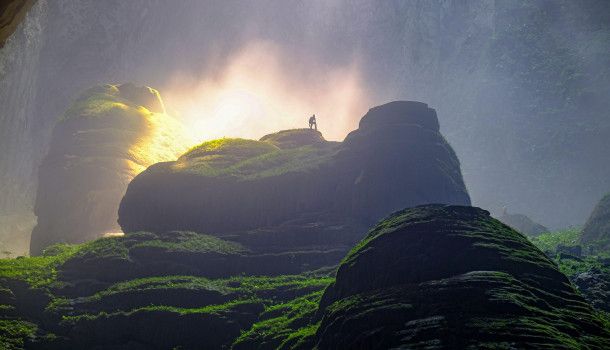
Photo: The Culture Trip
Son Doong Cave is considered the largest cave in the world. The cave was formed about 2-5 million years ago. Son Doong Cave is located in the core zone of Phong Nha – Ke Bang National Park, Quang Binh Province.
Son Doong Cave is the largest cave in the world, tourists who want to come here have to wait on a waiting list of up to 2 years to have the opportunity to explore.
Hai Van Pass
Hai Van Pass is also known as May Pass (because the top of the pass is covered with clouds). The pass is located at an altitude of 500m above sea level and stretches 20km, cutting across the Bach Ma mountain range. This is considered the boundary between Thua Thien - Hue province (in the North) and Da Nang city (in the South). Hai Van Pass is considered one of the 10 most beautiful coastal roads in the world and the most beautiful coastal pass in Vietnam.
Hai Van Pass is perhaps one of the most scenic roads in Vietnam, winding its way across the coast and up into the mountains. Reaching heights of up to 500m, it is the highest mountain pass in the Southeast Asian country. From here, visitors can enjoy panoramic views of the mountainous landscape and turquoise coastline below, making it an ideal place for taking photos.
My Son Sanctuary
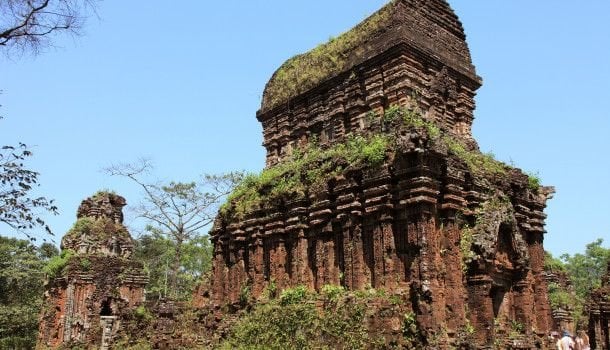
Photo: The Culture Trip
My Son Sanctuary, a world cultural heritage in Vietnam, is a historical destination bearing the mark of ancient Champa culture.
A UNESCO World Heritage Site, the My Son Sanctuary encompasses the ruins of the ancient Champa civilization and was once the religious and political capital of the Champa Kingdom. Often referred to as the Angkor Wat of Vietnam, these structures were built between the 4th and 14th centuries AD, with the remains of the most important Hindu temple complex in Southeast Asia making for a mesmerizing photo opportunity.
Pongour Waterfall, Dalat
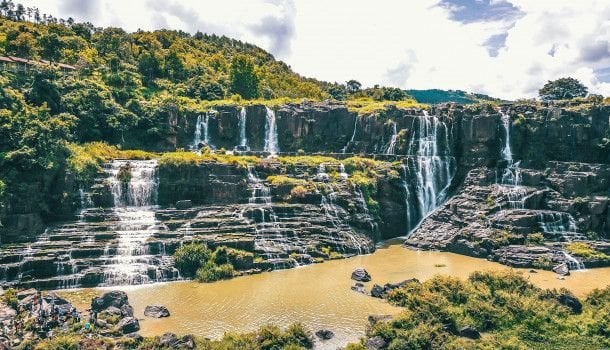
Photo: The Culture Trip
Pongour Waterfall is located on the flow of Da Nhim River, which has created many beautiful waterfalls and lakes in Da Lat. Point your camera at the giant rocky chasms or try to capture the vast terraced waterfalls in one shot, you will have a great photo.
Sand dunes, Mui Ne
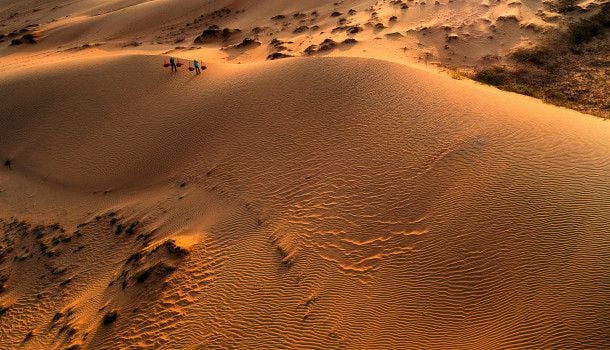
Photo: The Culture Trip
Vietnam really has it all. Rice terraces, limestone mountains, giant caves, stunning waterfalls, even sand dunes. Mui Ne is not only famous for its crystal clear blue seas but also for its colorful sand dunes, which make for some stunning photos.
The dusty sand dunes of Mui Ne often remind visitors of the Sahara Desert in Africa. Go at dawn or dusk to capture the most stunning shots, and your Instagram followers will momentarily think you’re in the Sahara.
Ben Thanh Market, Ho Chi Minh City
Not only is Ben Thanh Market a place where daily trading activities take place, it is also considered a historical relic that has witnessed all the ups and downs of Ho Chi Minh City. As a landmark, a meeting point and a beautiful backdrop for photography, this place is a rite of passage for all visitors to the city.
Mekong Delta
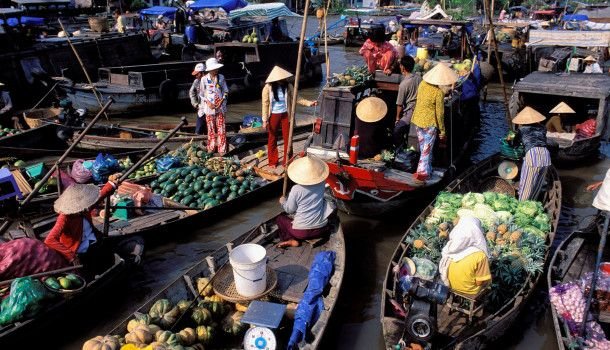
Photo: The Culture Trip
The Mekong Delta is Vietnam’s agricultural heartland, a maze of rivers, rice paddies, orchards and stilt houses. It is also home to Vietnam’s floating markets, perfect for capturing vibrant trade amid lush, exotic landscapes.
Bai Dai, Phu Quoc
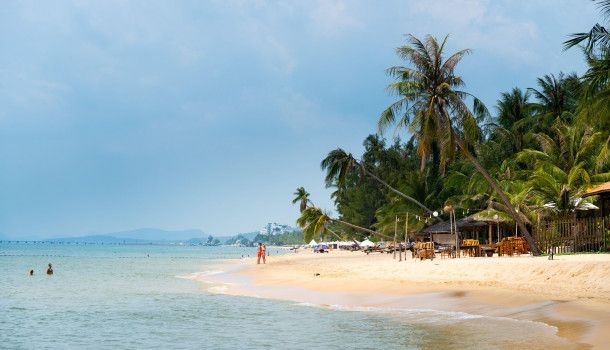
Photo: The Culture Trip
Phu Quoc has some of the most beautiful beaches in the country. Among these, Bai Dai, Phu Quoc is known for having the most beautiful sunsets, so it is home to many luxury resorts.
If you are looking for a place to dive and see coral in Phu Quoc, Bai Dai is the first choice. This place is famous for its colorful coral reefs and diving and seeing coral is a great choice when coming here./.
Source


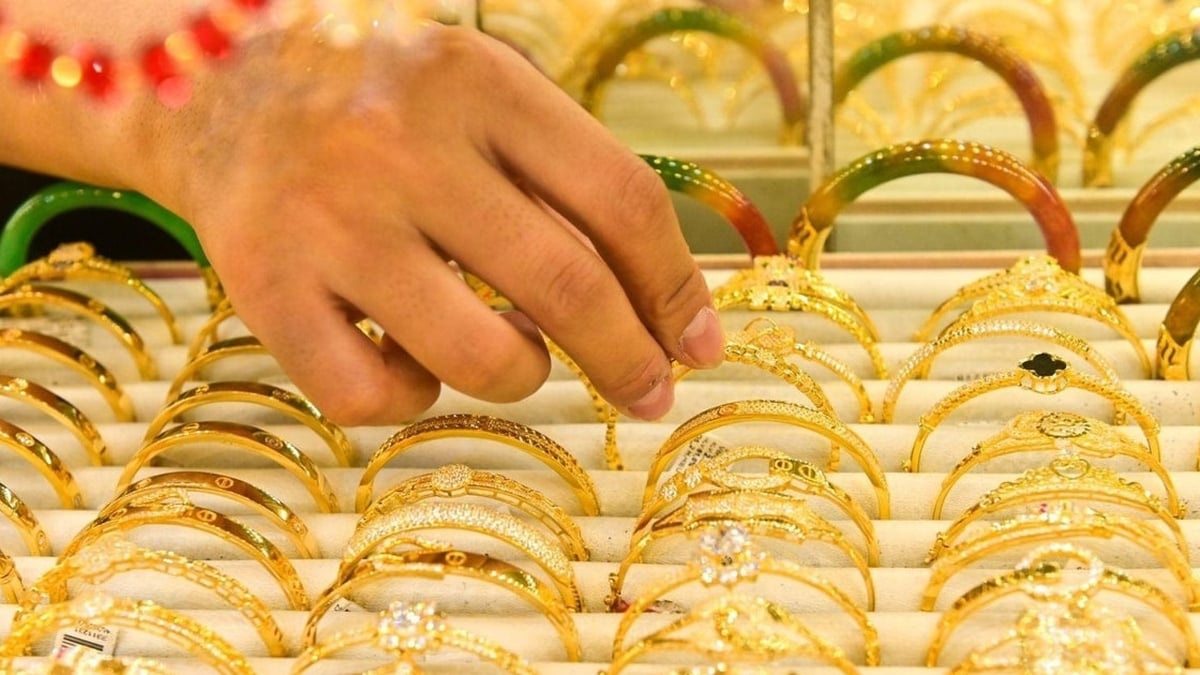

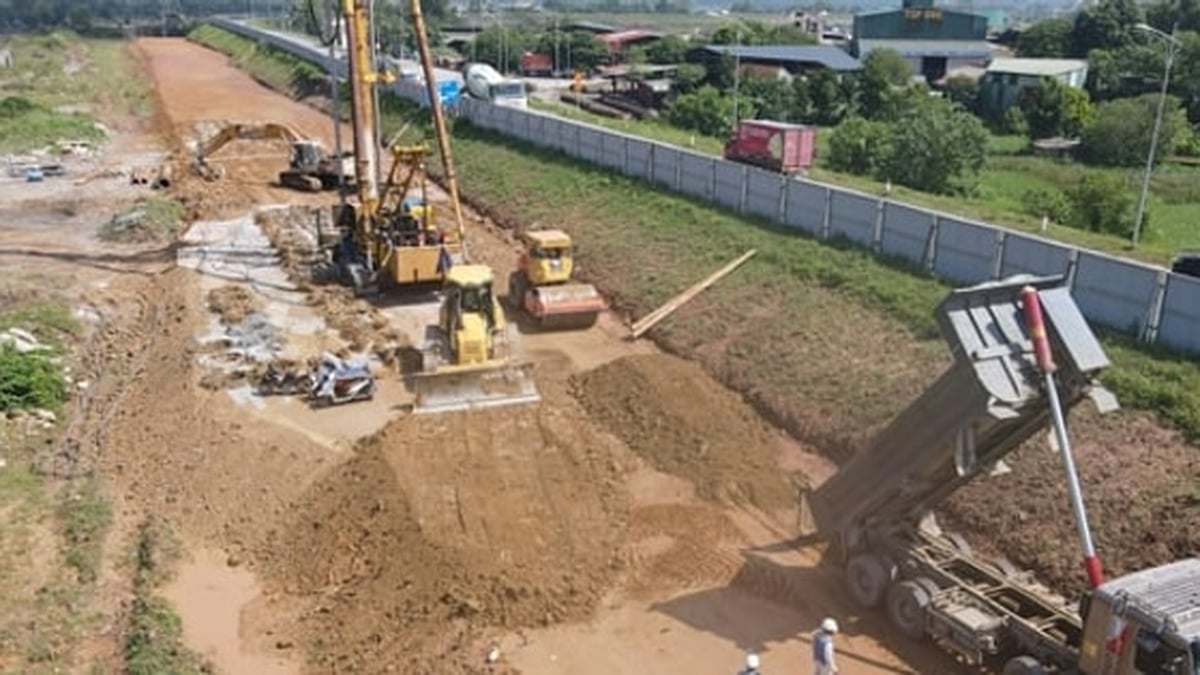

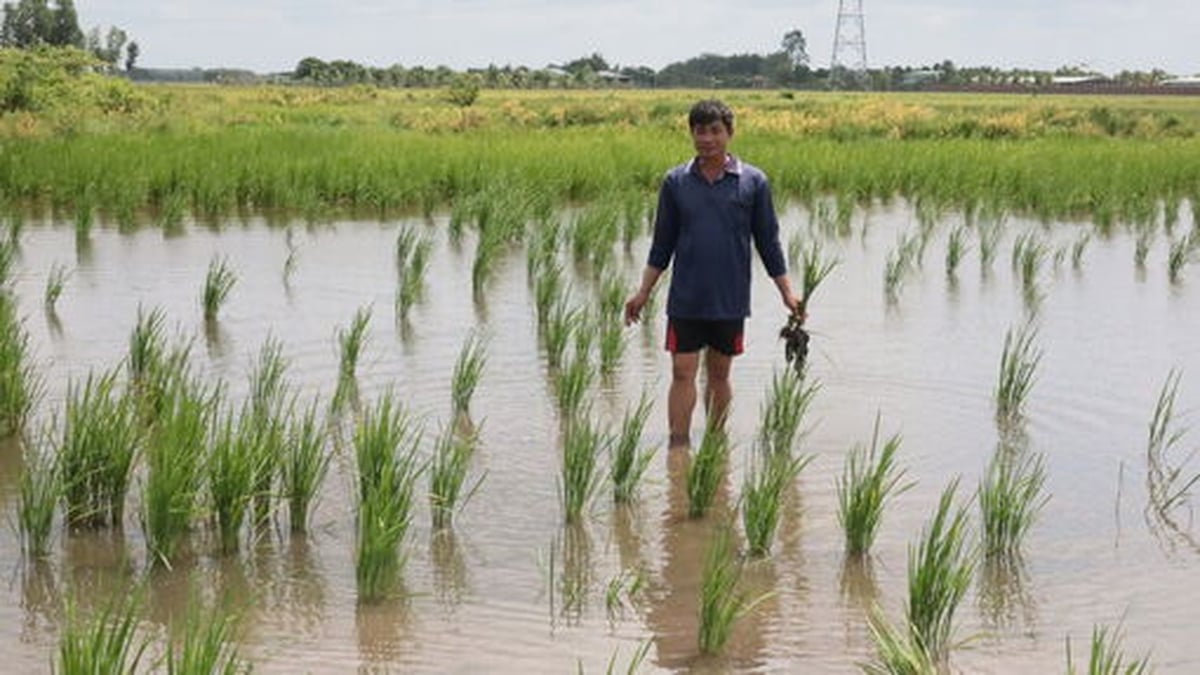
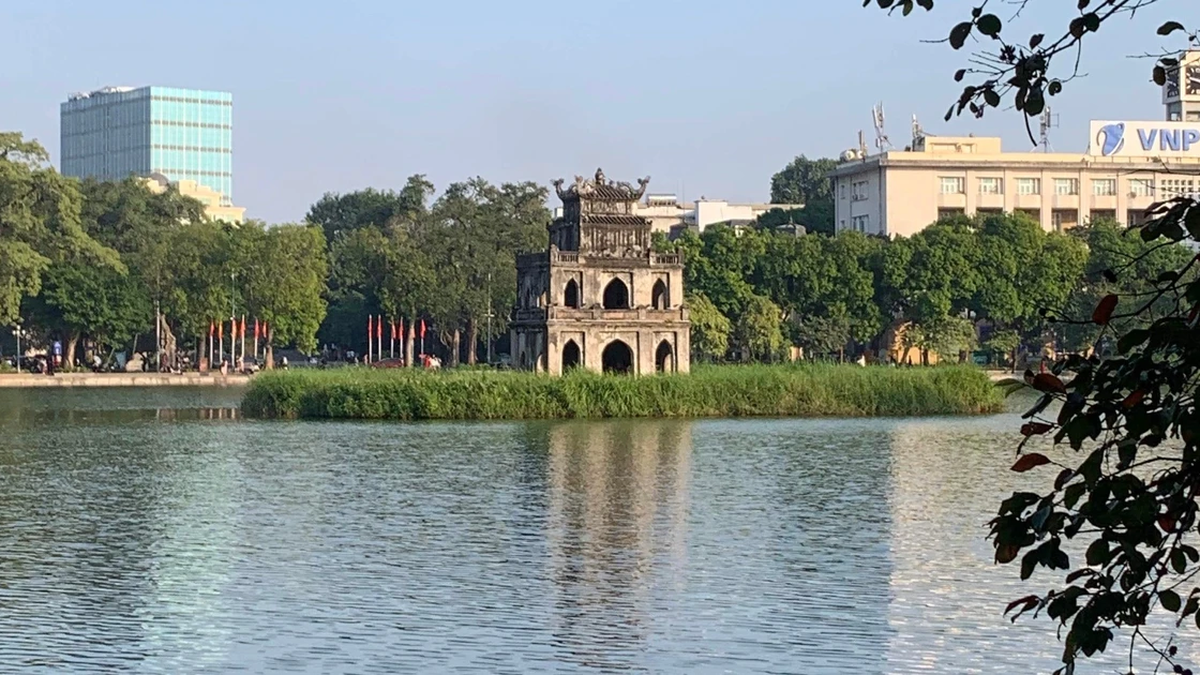

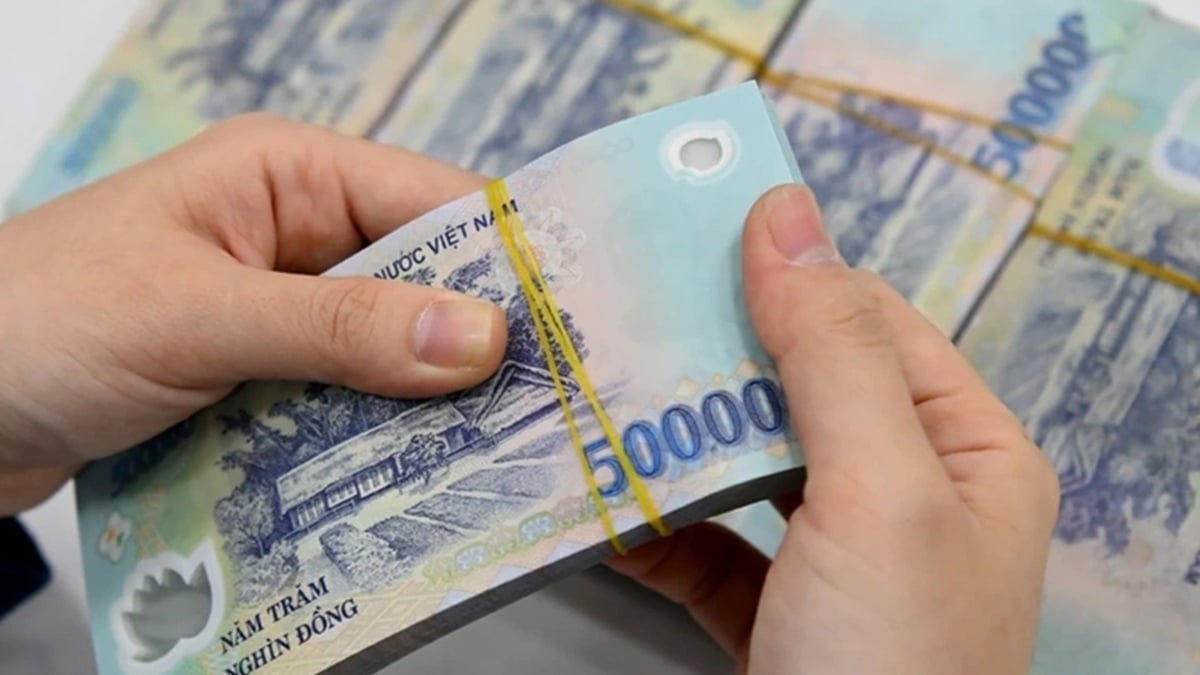


















![[Photo] National Assembly Chairman Tran Thanh Man visits Vietnamese Heroic Mother Ta Thi Tran](https://vphoto.vietnam.vn/thumb/1200x675/vietnam/resource/IMAGE/2025/7/20/765c0bd057dd44ad83ab89fe0255b783)



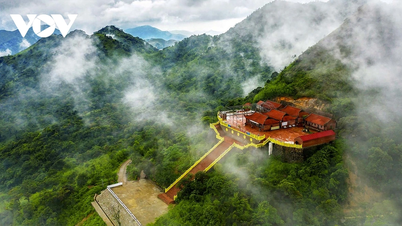



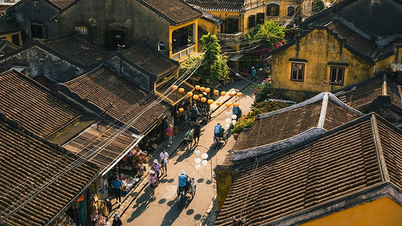



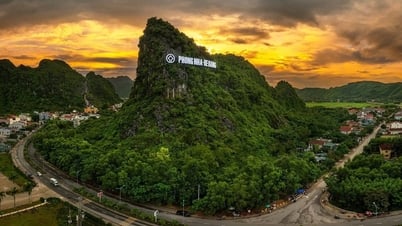







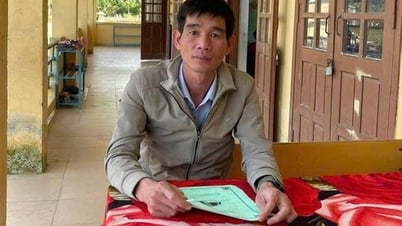





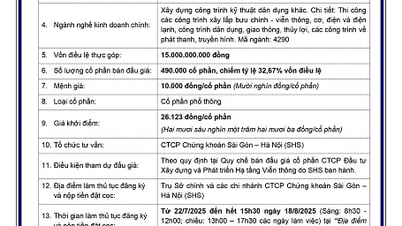





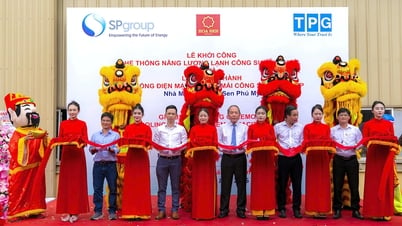



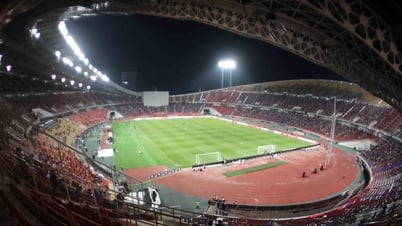

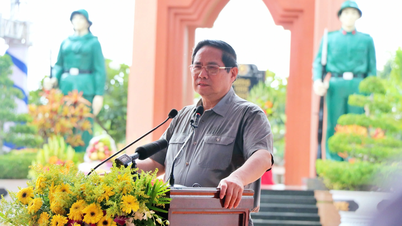
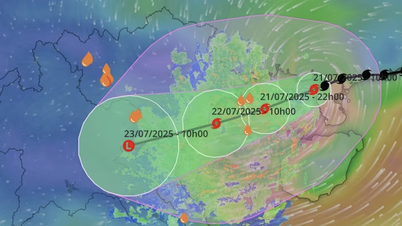

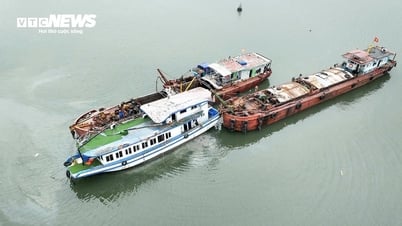







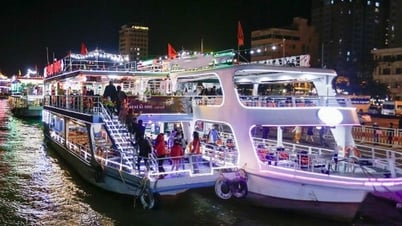

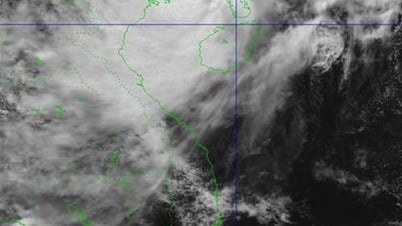

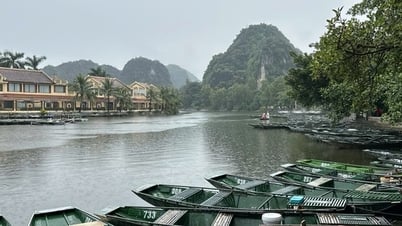

















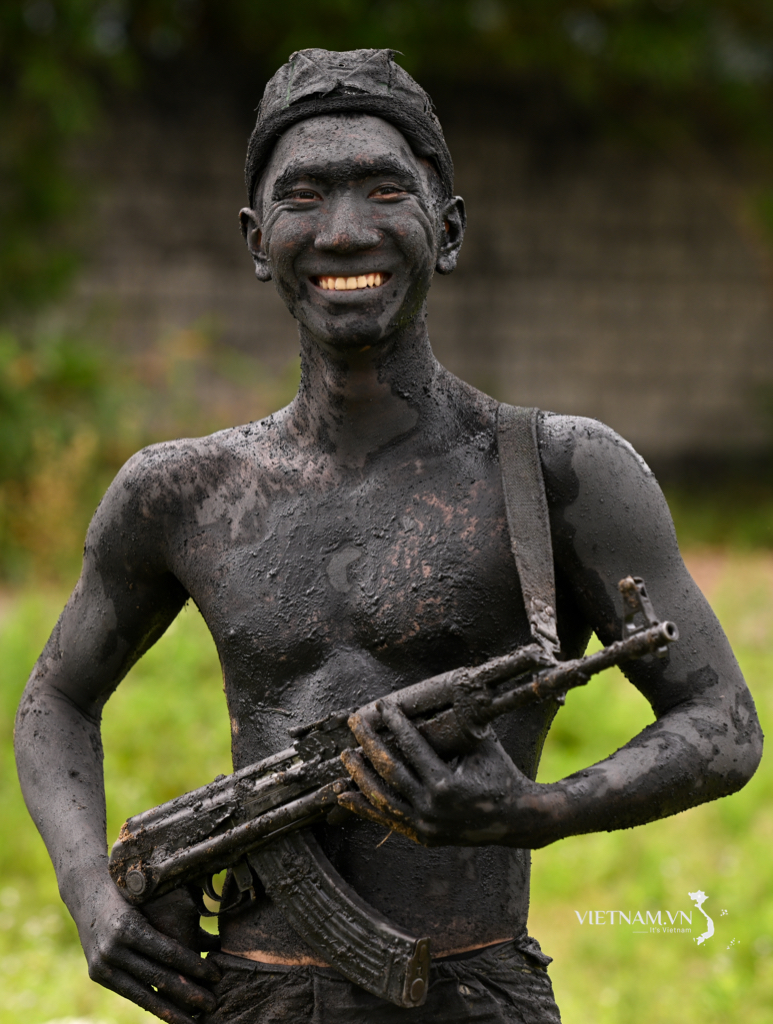
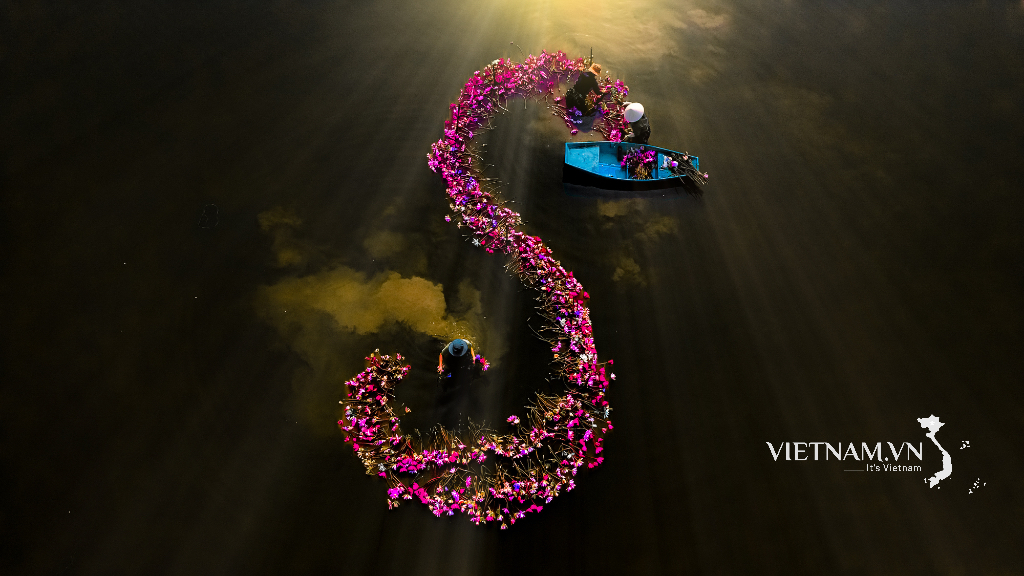
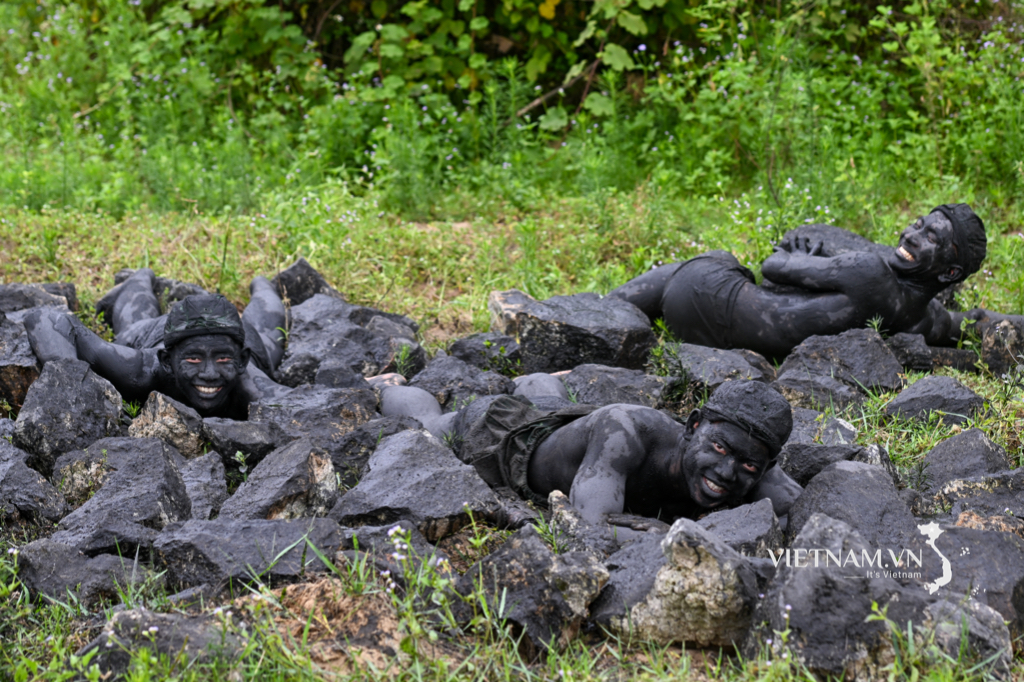
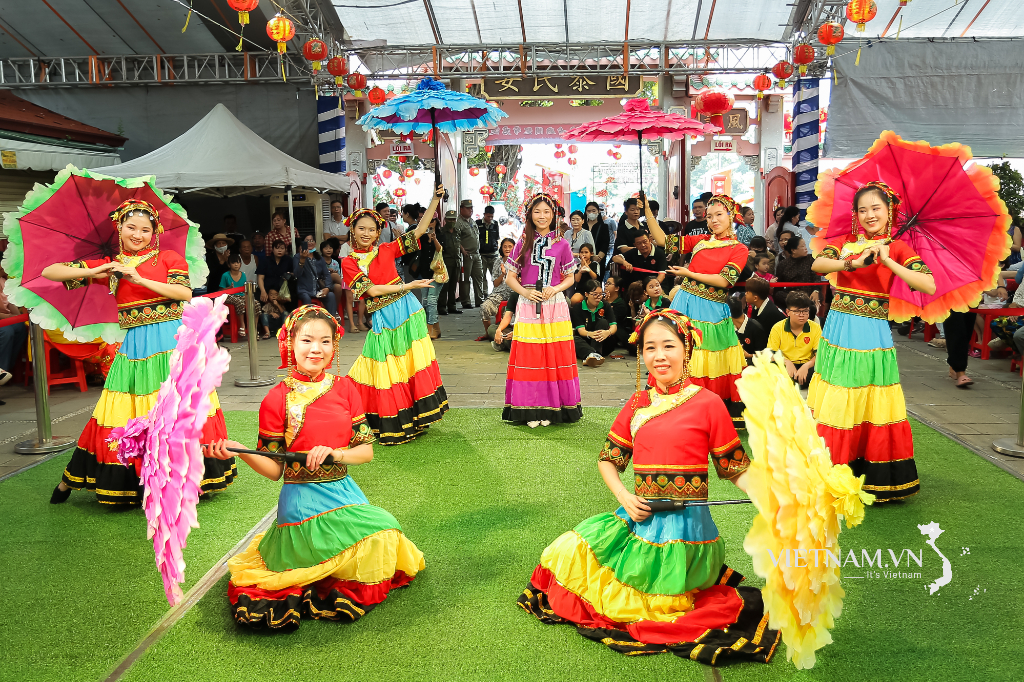
Comment (0)